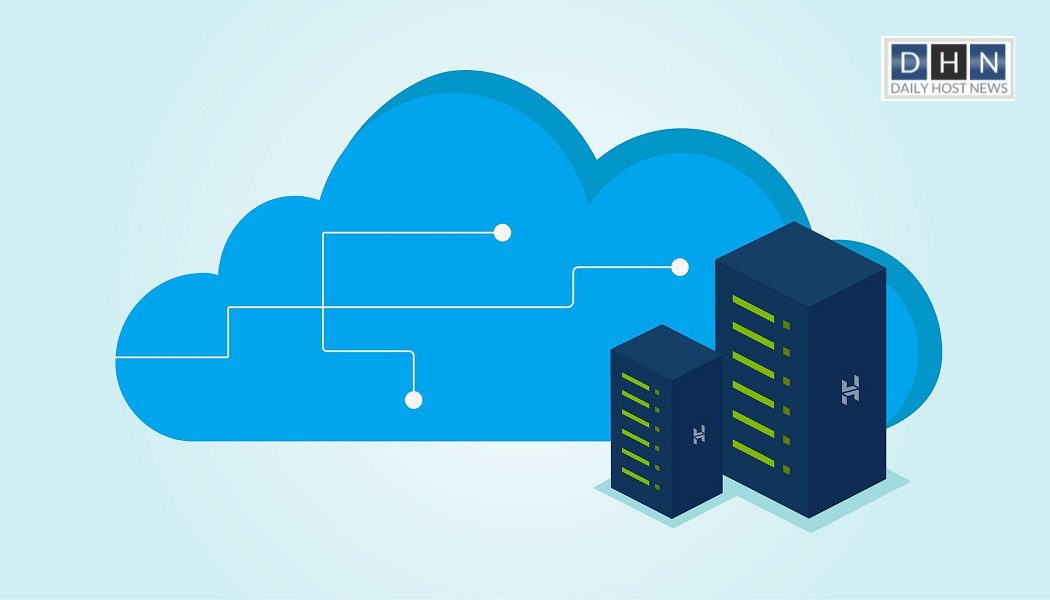Hyperscalers have seen exponential growth in recent times warranting strategic partnerships with colocation providers to meet the increasing customer demands. This has also been one of the driving forces behind datacenter colocation providers’ impressive growth in the past. However, now with expanding growth, hyperscalers are increasingly relying on constructing their own data centers to keep up with the demand for services. The major factors that determine the choice of hyperscalers to self-build include scale, vendor reduction, customization and control of design and access to renewable energy resources.
As per Structure Research, the total amount of global hyperscale self-build capacity reached 13,177MW in 2022 of which 78% is represented by AWS, Microsoft Azure, Google Cloud and Meta. North America region has the largest operational self-build capacity of which hyperscalers in the US account for 77% of the capacity. The Asia-Pacific region follows with China accounting for 24% of capacity. This is followed by EMEA and Latin America. Amazon, Google, Meta, and Microsoft are the dominant hyperscalers in all regions except Latin America.
10 largest hyperscalers based on self-build critical power capacity
With an operational data center capacity of 3,024 MW in 2022 and plans to add another 2,905 MW in the future, Google is dedicated to providing secure environments for users’ data. Powered exclusively from custom-built servers located around the world – as well as 24/7 industry-leading security teams onsite – its facilities offer unrivaled levels of safety and business continuity. To further ensure sustainability objectives are met going forward into 2030, Google has committed itself to achieving net zero emissions across operations and value chain activities including consumer hardware products.
Microsoft has established 200+ physical sites, spread across numerous regions to provide resilient access with minimal latency and maximum scalability using the latest cloud technologies available. By 2022, Microsoft had 2176 MW of operational data center capacity in place, with an additional 3344 MW planned for future implementation; this commitment stands in line with their ambition to become a carbon negative company by 2030.
Amazon cloud infrastructure offers a secure and innovative platform for companies to develop their business. To ensure the safety of its data centers, Amazon has invested heavily in modernizing design elements and systems that protect from both man-made disasters as well as natural risks. As part of an effort to expand operations, it will be launching 23 Local Zones globally. The operational data center capacity of Amazon data centers in 2022 was 2,480 MW with a future capacity (under development and land banks) of 2,533 MW.
Meta is powering the modern age with worldwide data centers, 24/7. Meta data centers are located across the US, Europe and Singapore. With an investment of $16 billion over the last decade alone – spurring job creation, and renewable energy growth as well as aiding educational initiatives for local communities across these regions. Meta reported an operational data center capacity of 1,790 MW in 2022 and will add 2,595 MW from its projects under development.
As a world leader in technology, Apple serves an impressive one billion people with its cloud services. In addition to numerous U.S.-based locations, Apple now operates facilities in Denmark and China. Apple data centers had an operational data center capacity of 600 MW in 2022. In the future, as Apple expands its presence, it is projected to add a capacity of 1,403 MW.
Alibaba Cloud offers an ever-growing network of computing power worldwide, with 86 availability zones spanning the globe across 28 regions. Alibaba has made strategic investments to become an integral part of digital infrastructure globally – from Middle Eastern countries like Dubai and Indonesia all over Asia to Europe and Australia as well as North America. By 2022 it had an operational capacity totaling 1,350 MW with another 487MW expected to follow.
Huawei has made a significant investment in digitalizing its data center infrastructure to ensure that businesses can take full advantage of agile, reliable and energy-efficient solutions. With 830 already deployed across the globe, ranging between telecoms and ISPs to government agencies, Huawei is well established as a market leader. In 2022, its operational capacity was 494MW and plans to add 192 MW as part of future implementation.
Based in China, the total operational data center capacity of Baidu in 2022 was 608 MW. It will add 36 MW as part of its expansion plans.
Tencent Cloud International is rapidly expanding its global footprint, with 70 availability zones and 26 regions already in operation. In 2022, Tencent’s operational data center capacity was 487 MW. It is expecting to add another 152 MW.
OVH offers customers a world-class hosting experience through its 30+ data centres, designed to house thousands of servers in an efficient and space-saving manner. Optimal performance is also ensured through the measures it has implemented to guarantee uninterrupted service availability. In 2022, OVH had 52 MW capacity with an additional 6 MW under development for the future!
Hyperscalers are likely to continue testing out self-builds in select areas as they seek greater return on investment while balancing cost and risk mitigation measures. Data centre operators must therefore continue to stay agile whilst keeping pace with these changing dynamics to stay competitive.
Source: Structure Research








